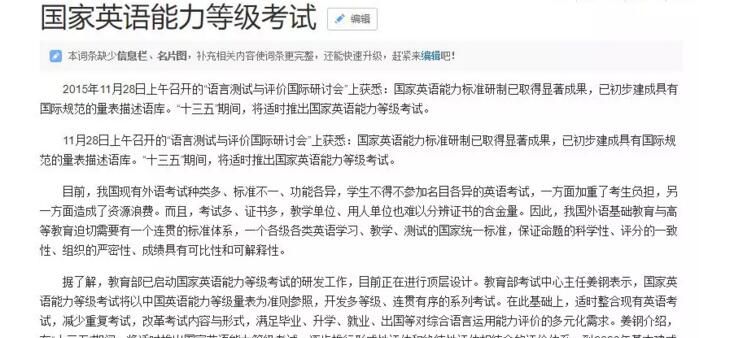Finding capital for SMEs
|
The central government has introduced a series of measures to provide the much-needed financing to small and medium-sized enterprises (SMEs) facing unprecedented problems arising from surging energy and material costs and weakening overseas demand. Compared with the well-capitalized large State-owned enterprises, SMEs are much more vulnerable to both domestic and global economic uncertainties, economists and industry experts said. Latest statistics from the National Development and Reform Commission show that in the first six months of 2008, about 10 percent of SMEs reported an average 15 percentage point drop in their industrial output growth from a year earlier to 30 percent. This indicates a significant shrinkage in their profit margins. SMEs have also been hit by the credit crunch resulting from the government's tightening monetary policy to fight inflation. The dearth of bank loans has exacerbated the capital shortage of many SMEs, straining their production capability and ability to make longer-term plans. Some are reported to have suspended production, having run out of working capital. At a time when credit is tight, banks have understandably focused lending operations on traditional customers - large State-owned enterprises, which are much more creditworthy than SMEs. According to figures released by the China Banking Regulatory Commission, total loans obtained by SMEs in the first quarter of 2008 dropped by 30 billion yuan year-on-year. Aggregate lending by commercial banks in the first quarter of 2008 amounted to 2.2 trillion yuan, of which only 300 billion yuan was extended to SMEs, accounting for 15 percent of the total. To address the problem of insufficient funding for small businesses, the central government has taken several steps to provide the capital-thirsty SMEs with a wider access to loans. In early August, the National Development and Reform Commission said it was considering establishing a bank specializing in lending to SMEs to broaden their sources of finance. A week later, the People's Bank of China increased the annual loan quota by 5 percent for national commercial banks and by 10 percent for local commercial banks, taking into consideration that SMEs make up a larger proportion of their clients. In addition to the efforts made by the central government, many local private-sector trade agencies have organized financing opportunities for SMEs. In Wenzhou, in Zhejiang province, home to the biggest number of SMEs in China, 16 new microcredit lenders are in the process of being established, according to Zhou Dewen, president of Wenzhou council for the development promotion of small and medium-sized enterprises. "Private capital is playing an increasingly important role in funding the growth of SMEs," Zhou told China Daily. "More private capital is being pumped into SMEs in the form of microcredit, to help ease their capital shortage." According to Zhou, 20 percent of all SMEs in the city have suspended production this year because of capital shortage. Zhou also said more than 270 loan guarantee agencies have been established in Wenzhou to help SMEs obtain bank loans. There were only two such loan guarantee agencies in 2000. An industrial upgrade has become necessary in Wenzhou as the city has relied too heavily on traditional labor-intensive manufacturing for too long and is paying for it now. Zhou said the local government in Wenzhou is trying all means to create a balanced economy by increasing the proportion of high value-added industries, including shipping, electromechanical and biopharmaceutical sectors. |








